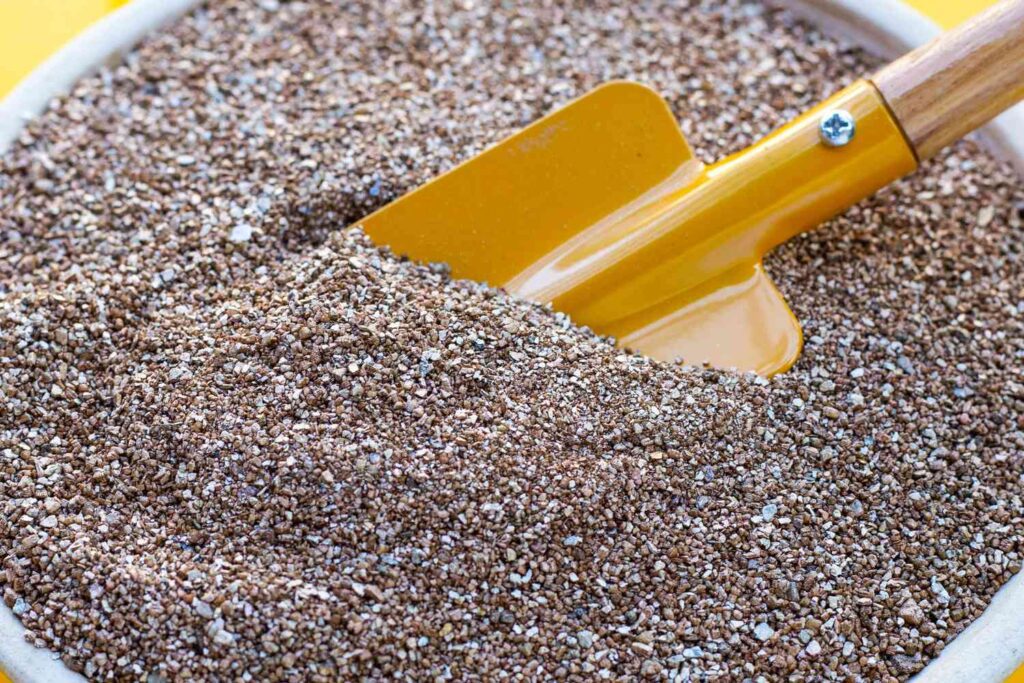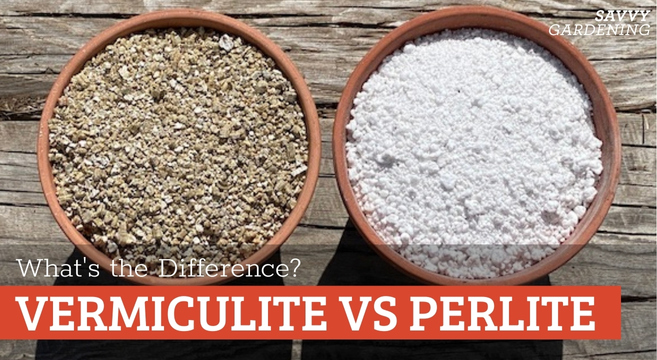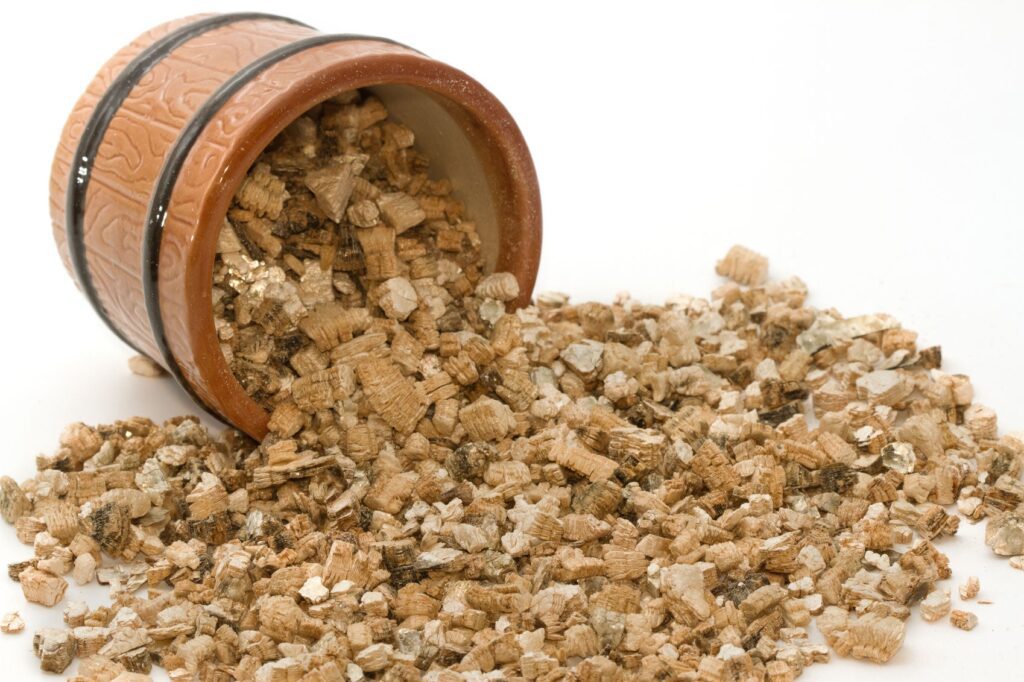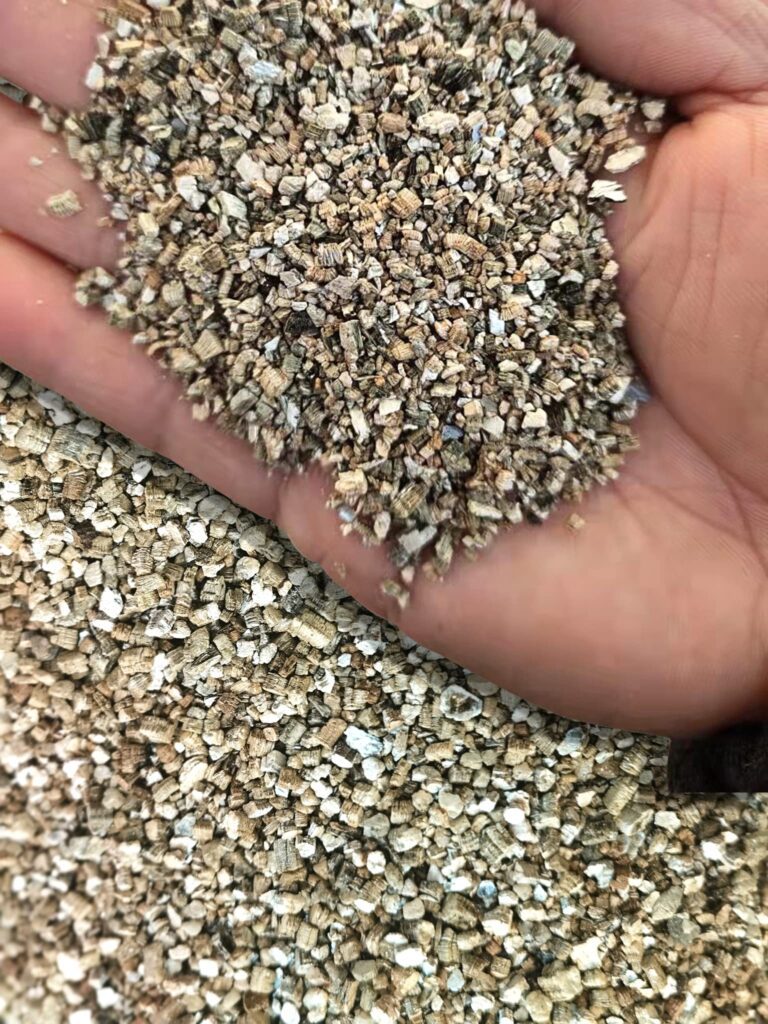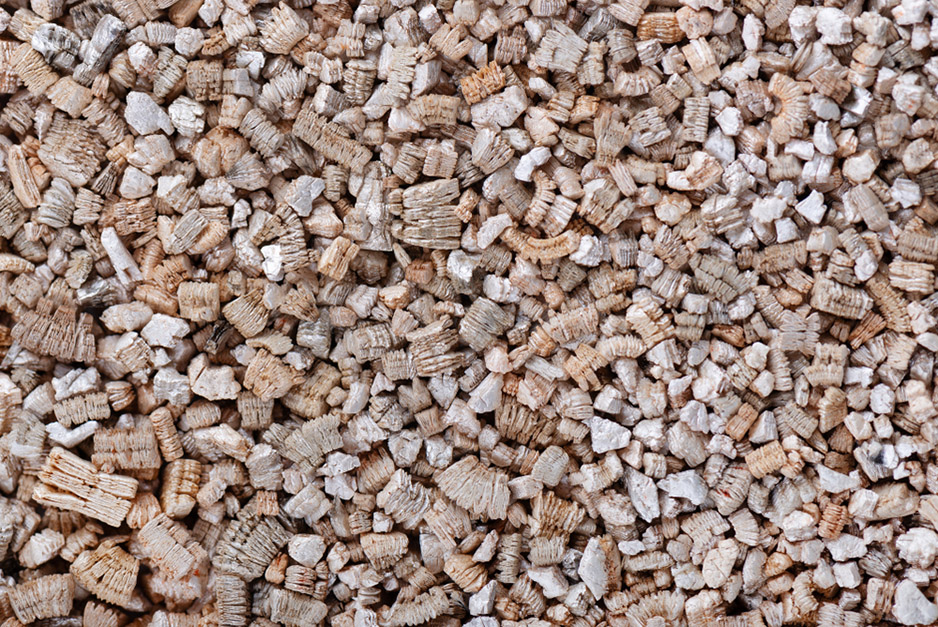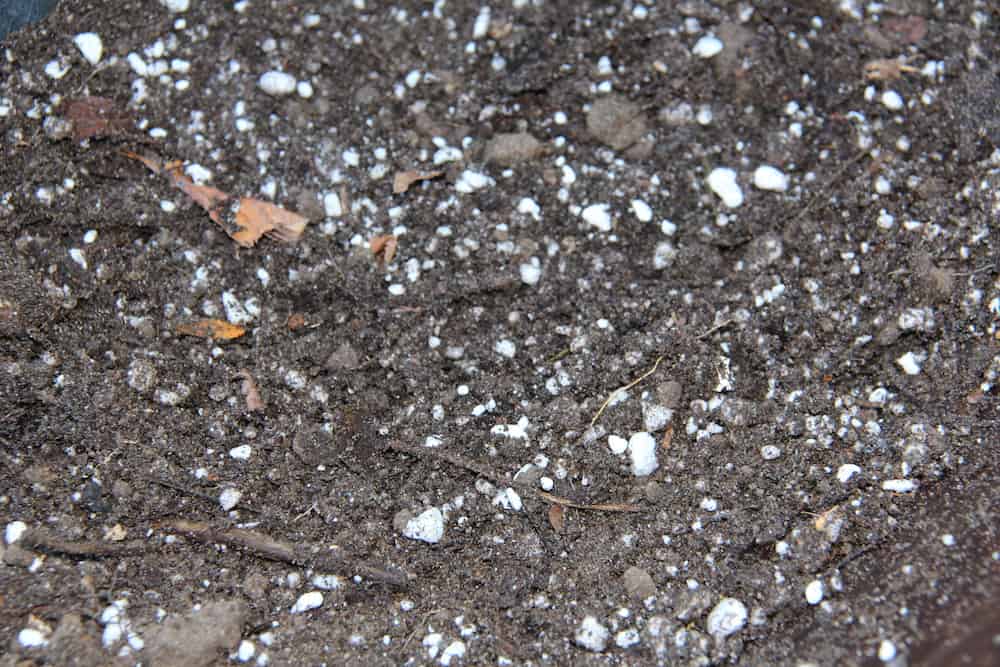Are you curious about whether potting mix contains vermiculite? If so, you’ve come to the right place. In this article, we will explore the presence of vermiculite in potting mix and shed some light on its role in gardening. Whether you’re an experienced gardener or just starting out, understanding the composition of potting mix is essential for successful plant growth. So, let’s delve into the world of potting mix and explore the question of whether it includes vermiculite.
What is potting mix?
Potting mix, also known as potting soil, is a specially formulated medium used for growing plants in containers. It is designed to provide the necessary support, nutrients, and moisture retention for plants to thrive in a confined space. Unlike garden soil, potting mix is lightweight, well-draining, and sterile, reducing the risk of plant diseases and pests. Potting mix can vary in composition and can be customized for specific types of plants or gardening preferences.
Definition of potting mix
Potting mix is a soilless growing medium that consists of a combination of organic and inorganic materials. It typically includes a base material such as peat moss or coconut coir, which provides structure and moisture retention, as well as various additives like perlite or vermiculite for aeration and drainage. The specific ratio of ingredients in potting mix can vary, depending on the intended use and plant requirements.
What is vermiculite?
Definition of vermiculite
Vermiculite is a natural mineral that is commonly used as an ingredient in potting mix. It is formed through the weathering of certain minerals, such as biotite or phlogopite, and is characterized by its layered structure and high water-holding capacity. Vermiculite is typically brown or gold in color and has a soft, sponge-like texture.
Properties of vermiculite
Vermiculite has several unique properties that make it beneficial for use in potting mix. Firstly, it has excellent water retention capabilities, allowing it to absorb and hold onto moisture. This property is particularly important in potting mix, as it helps prevent plants from drying out too quickly between waterings. Secondly, vermiculite has good aeration qualities, meaning it can improve the oxygen exchange within the potting mix, promoting healthy root growth. Lastly, vermiculite is lightweight and sterile, minimizing the risk of soil-borne diseases and pests.
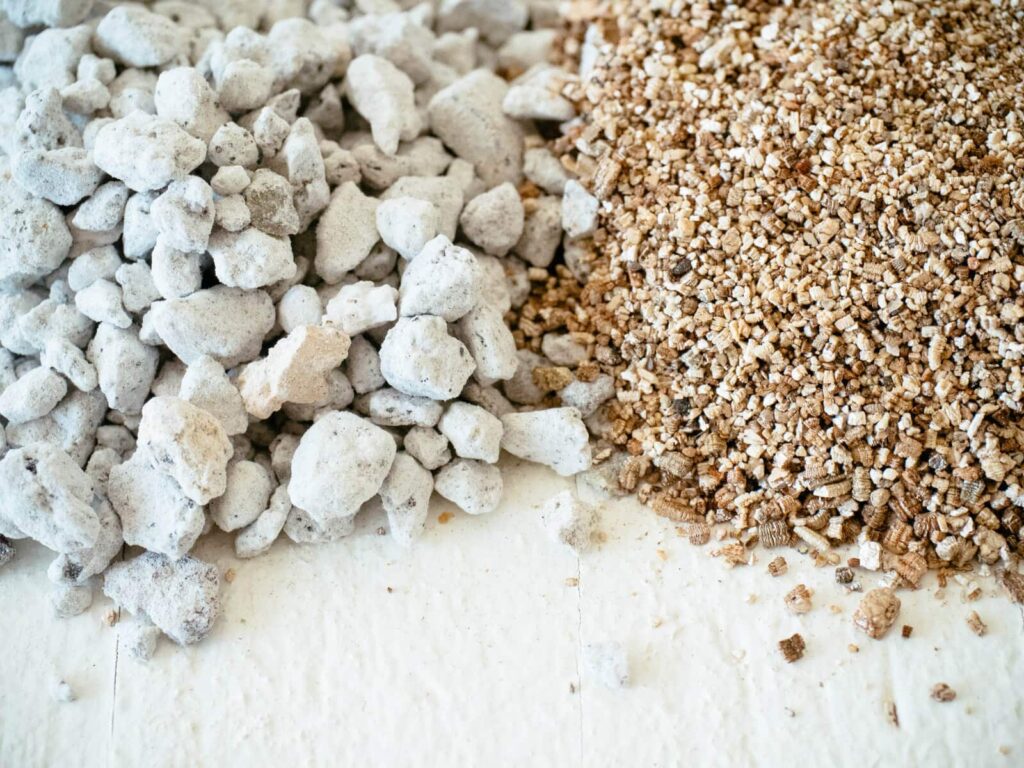

The role of vermiculite in potting mix
Vermiculite plays a crucial role in the overall performance of potting mix. Its unique properties contribute to a variety of important functions that support plant growth and development.
Absorption and retention of water
One of the primary functions of vermiculite in potting mix is to absorb and retain moisture. The layered structure of vermiculite allows it to hold onto water, acting as a reservoir for plant roots to draw from. This is particularly beneficial for plants with high moisture requirements or for gardeners who may not have the time or ability to water their plants frequently. Vermiculite helps to create a moist and balanced environment for the roots, reducing the risk of dehydration.
Improvement of aeration
In addition to its water-holding capacity, vermiculite also improves the aeration of potting mix. The small particles of vermiculite create air pockets within the mix, allowing for better oxygen circulation around the roots. This is crucial for plant respiration and helps to prevent root suffocation. By enhancing aeration, vermiculite promotes healthy root growth and overall plant vitality.
Providing essential minerals
Vermiculite contains various essential minerals, including potassium, calcium, and magnesium. These minerals are slowly released into the potting mix as the vermiculite breaks down over time. This gradual release provides a continuous source of nutrients, supporting the long-term health and growth of plants. The presence of these minerals can also help improve overall soil fertility and productivity.
Facilitating seed germination
Vermiculite is an ideal medium for seed germination due to its water-holding and aeration properties. When seeds are sown in vermiculite-enriched potting mix, they have access to a stable and moist environment that promotes successful germination. The fine texture of vermiculite also offers a gentle and supportive medium for delicate seedlings to emerge and establish their roots.
Promoting root growth
The combination of water absorption, aeration, and nutrient availability provided by vermiculite creates favorable conditions for root growth. Healthy roots are crucial for the overall health and performance of plants, as they uptake water and nutrients from the potting mix. Vermiculite helps to develop a well-developed and extensive root system, enabling plants to better access the resources they need for optimal growth.
Types of potting mix
Potting mix can be categorized into two main types: standard potting mix and specialty potting mix. Each type has its own composition and is tailored to meet specific gardening needs.
Standard potting mix
Standard potting mix is a general-purpose blend suitable for a wide range of plants. It typically consists of a base material such as peat moss or coconut coir, which provides moisture retention, and additives like perlite or vermiculite for drainage and aeration. Standard potting mix is suitable for most houseplants, vegetables, herbs, and flowering plants.
Specialty potting mix
Specialty potting mix is formulated for specific types of plants or growing conditions. For example, there are specialty mixes designed specifically for cacti and succulents, orchids, and African violets. These mixes cater to the unique needs of these plants, such as increased drainage or specific pH requirements. Specialty potting mixes often have additional additives or amendments to provide the specific conditions necessary for the successful growth of the targeted plants.


Common ingredients in potting mix
Potting mix can contain a variety of ingredients, each serving a specific purpose in supporting plant growth. While the exact composition may vary, the following are some common ingredients found in potting mixes.
Peat moss
Peat moss, also known as sphagnum peat moss, is a primary component of many potting mixes. It is derived from partially decomposed organic matter, primarily consisting of mosses. Peat moss is highly absorbent and helps retain moisture in the potting mix. It has a slightly acidic pH, making it suitable for acid-loving plants.
Perlite
Perlite is a type of volcanic glass that is expanded through heating. It is lightweight and has excellent drainage properties, preventing waterlogging in the potting mix. Perlite is added to potting mix to improve aeration and prevent compaction. It consists of small white granules that help create air pockets in the mix, promoting healthy root growth.
Vermiculite
As mentioned earlier, vermiculite is a natural mineral that enhances water retention and aeration in potting mix. It has a lightweight and sponge-like texture, making it an excellent medium for supporting plant roots. The water-holding capabilities of vermiculite help prevent plants from drying out too quickly, while its aeration properties support the exchange of oxygen, promoting optimal root health.
Compost
Compost is decomposed organic matter that is rich in nutrients. It helps improve the fertility and structure of potting mix, providing a source of organic matter for plant growth. Compost can be made from various organic materials, such as kitchen scraps, yard waste, or animal manure. Its addition to potting mix enhances nutrient availability and supports the overall health of plants.
Sand
Sand is used in potting mix to improve drainage and prevent waterlogging. It helps create spaces between the particles of the mix, allowing excess water to flow through freely. Sand is commonly used in potting mixes for succulents, cacti, or plants that prefer drier conditions. It aids in maintaining an optimal balance of moisture in the root zone.
Coconut coir
Coconut coir, also known as coco coir, is derived from the fibrous husk of coconut shells. It is an environmentally-friendly alternative to peat moss and provides excellent moisture retention. Coconut coir is often used as a base material in potting mix due to its sustainable nature and capacity to hold onto water. It also has a neutral pH, making it suitable for a wide range of plants.
How to identify vermiculite in potting mix
If you are unsure whether a potting mix contains vermiculite, there are several methods you can use to identify its presence.
Visual inspection
One way to identify vermiculite in potting mix is through visual inspection. Vermiculite has a distinct golden or brown color and often appears as small, irregular particles within the mix. Its presence can vary depending on the brand or type of potting mix, but it is generally visible to the naked eye.
Texture and color
Vermiculite has a unique texture that can help differentiate it from other ingredients in the potting mix. It has a soft and spongy feel, similar to that of a natural sponge. When handling the potting mix, you may notice the presence of lightweight particles that break apart easily. Additionally, vermiculite’s color, typically golden or brown, can further indicate its presence in the mix.
Package labeling
Another way to determine if a potting mix contains vermiculite is to check the package labeling. Most manufacturers provide a list of ingredients on the package, allowing you to identify the specific components of the mix. Look for terms like “vermiculite” or “vermiculite-enriched” to confirm its inclusion.
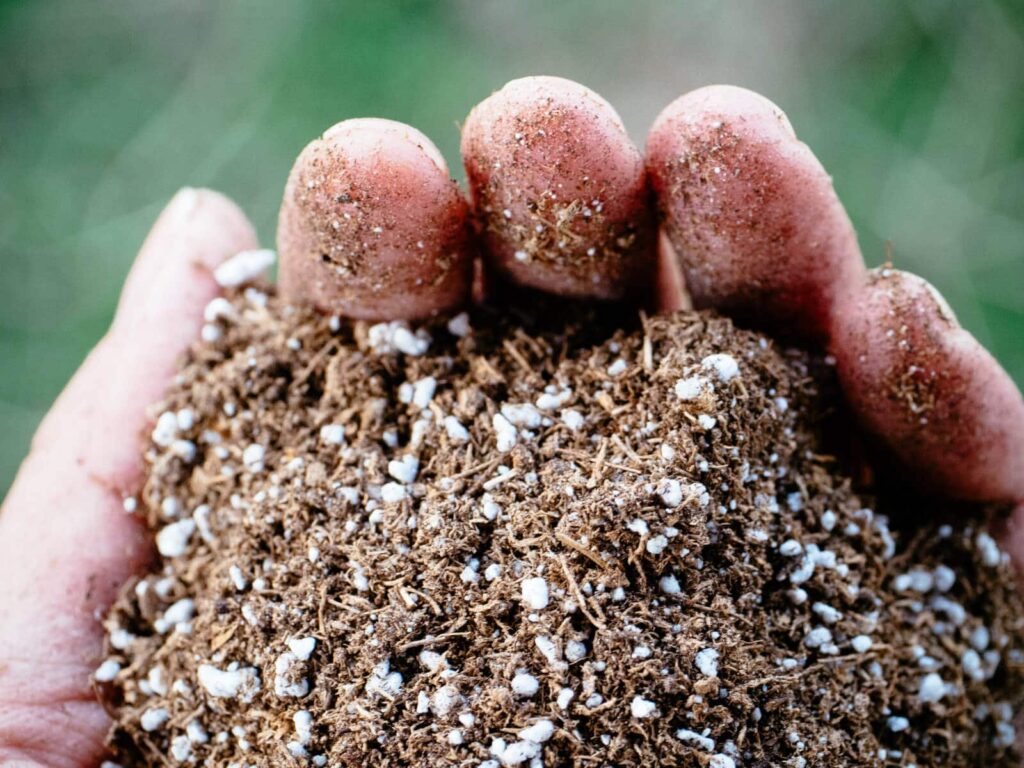

Advantages of using vermiculite in potting mix
Using vermiculite in potting mix offers several advantages that contribute to the success and well-being of your plants.
Improved soil structure
Vermiculite helps improve the structure of potting mix by providing aeration and preventing compaction. The air pockets created by vermiculite promote healthy root growth and contribute to the overall vigor and vitality of plants. By maintaining a well-structured potting mix, vermiculite enhances water drainage and nutrient availability, creating an optimal environment for plant roots.
Enhanced nutrient availability
The presence of vermiculite in potting mix not only improves physical properties but also contributes to nutrient availability. Vermiculite releases essential minerals slowly over time as it breaks down, providing a continuous source of nutrients for plant uptake. This gradual release ensures that plants receive a steady supply of the required elements, supporting their overall growth and development.
Reduced frequency of watering
One of the significant benefits of using vermiculite in potting mix is its exceptional water retention capabilities. Vermiculite acts as a sponge, absorbing and holding onto moisture, reducing the need for frequent watering. This is especially advantageous for busy gardeners or those growing plants that require consistent moisture levels. The water-holding capacity of vermiculite helps maintain a stable water supply to plant roots, preventing under or over-watering.
Enhanced plant growth and yield
The combination of improved soil structure, enhanced nutrient availability, and adequate moisture retention provided by vermiculite ultimately leads to enhanced plant growth and yield. Healthy, well-developed roots can efficiently uptake water and nutrients from the potting mix, supporting robust growth and the production of flowers, fruits, or foliage. With the addition of vermiculite, plants have the best chance of thriving and reaching their full potential.
Disadvantages of using vermiculite in potting mix
While vermiculite offers numerous benefits, there are some potential drawbacks to consider when using it in potting mix.
Potential health risks
Vermiculite, particularly older sources, may contain traces of asbestos, a known carcinogen. Asbestos-contaminated vermiculite poses a health risk if inhaled. It is important to ensure that any vermiculite used in potting mix is sourced from reputable suppliers and tested for asbestos contamination. If you are uncertain about the source or quality of vermiculite, it is advisable to opt for alternative materials.
Reduced drainage
Although vermiculite is prized for its water-holding capacity, it can sometimes result in reduced drainage in potting mix formulations. When used in excessive amounts, vermiculite can hinder water movement through the potting mix and cause waterlogging. This can be detrimental to plants that prefer well-draining conditions or those susceptible to root rot. Careful consideration must be given to the ratio of vermiculite to other components in the potting mix to maintain an optimal balance.
Higher cost
Compared to some alternative materials, vermiculite can be relatively expensive. Its unique properties and limited availability contribute to the higher cost. If budget is a concern, it may be worth exploring other options that provide similar benefits at a lower price point. However, it is important to evaluate the overall performance and value that vermiculite offers before dismissing it solely based on cost.
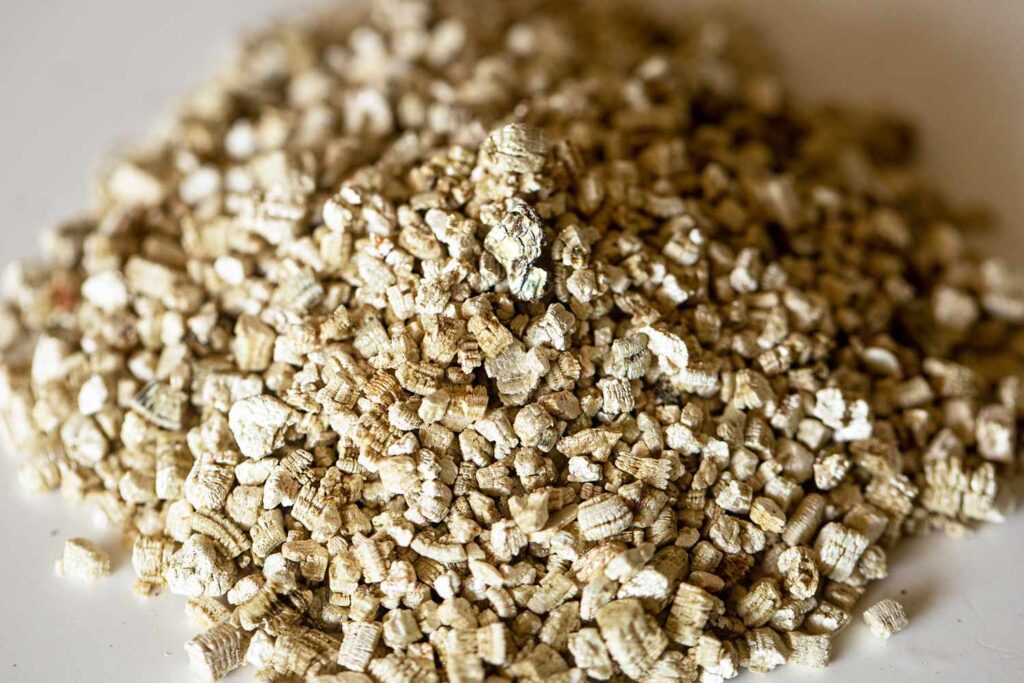

Alternative materials to vermiculite in potting mix
If you are looking for alternatives to vermiculite in potting mix, several materials can provide similar benefits in supporting plant growth.
Perlite
Perlite is a popular substitute for vermiculite in potting mix due to its light texture and ability to improve drainage and aeration. It consists of expanded volcanic glass particles and creates air pockets within the mixture. Perlite is readily available, cost-effective, and offers similar benefits in terms of improving soil structure.
Coconut coir
Coconut coir, mentioned earlier as a common ingredient in potting mix, can also serve as an alternative to vermiculite. Like vermiculite, coconut coir has excellent water-holding capacity, providing a moist environment for plant roots. It is sustainable, lightweight, and contributes to improved aeration in the potting mix.
Pumice
Pumice is a volcanic rock that can be used as a substitute for vermiculite. It has excellent drainage properties and helps prevent waterlogging in the potting mix. Pumice is lightweight, porous, and provides aeration to plant roots. While it may not hold onto water as well as vermiculite, it offers effective drainage and helps create optimal soil conditions.
Rice hulls
Rice hulls are the protective coverings of rice grains and can be used as an alternative to vermiculite. They are lightweight, easily renewable, and promote improved aeration in the potting mix. Rice hulls also contribute to enhanced drainage and can be particularly beneficial for plants that prefer drier conditions.
Conclusion
Vermiculite is a valuable component in potting mix due to its unique properties and beneficial effects on plant growth. Its water-holding capacity, ability to improve aeration, and gradual release of essential minerals contribute to the overall success and performance of potted plants. However, it is essential to be aware of potential health risks, ensure proper drainage, and consider the cost when using vermiculite. Alternatives such as perlite, coconut coir, pumice, and rice hulls offer similar benefits and can be suitable substitutes depending on individual gardening needs. By understanding the role and characteristics of vermiculite and considering alternative materials, you can make informed decisions about the composition of your potting mix, ultimately providing optimal growing conditions for your plants.
